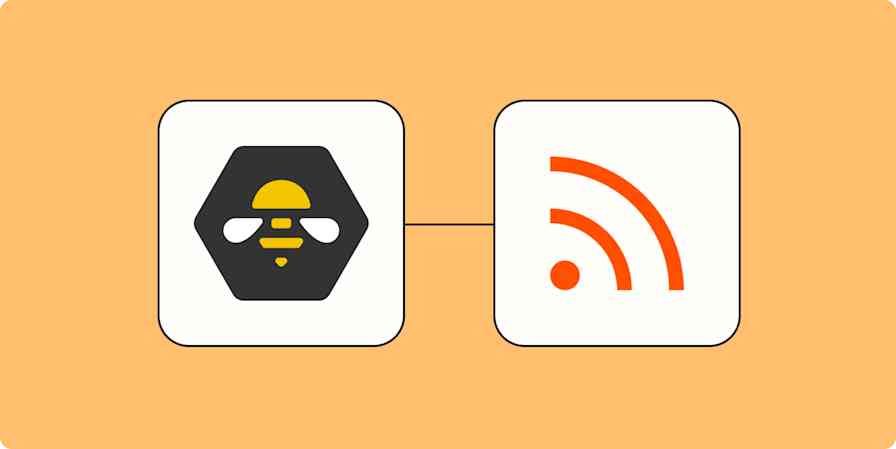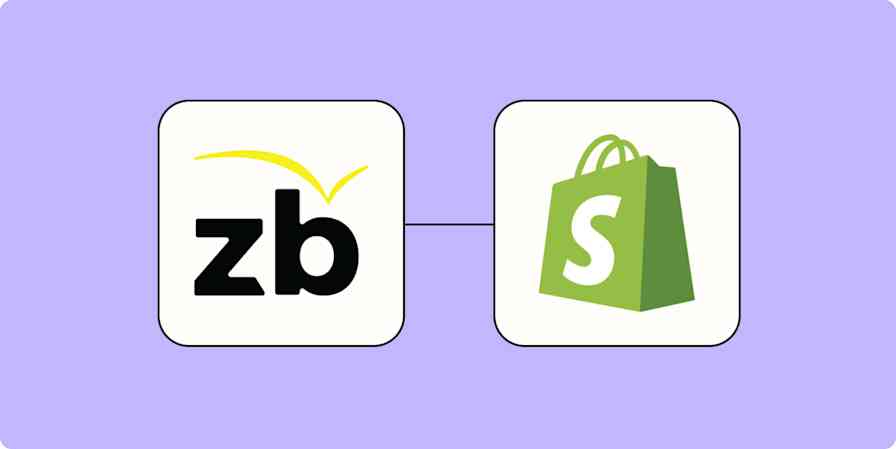Growing your freelance business can be tough. Energy is a finite resource and there's only so much you can do as a one-person team, even with top-notch productivity tools. Some freelancers scale by starting an agency or moving into consulting roles. Others, like me, prefer to work with subcontractors.
Subcontracting work as a freelancer can mean different things. For me, it means assigning my freelance writing projects to other freelance writers and then fine-tuning the results until they match my style and standards. Other freelance writers outsource only certain parts of the writing process such as research and outlining.
With subcontracting, I can pick which projects to write personally and simply focus on editing the others. This automatically increases my capacity and allows me to take on 2-3 times more work than I normally would.
Automation tools for subcontracting
Going from writer to project manager can be an overwhelming jump. Automating as many parts of the process as possible allows me to spend just about 10% of my work week on admin (according to my time tracker).
If you're ready to start subcontracting work as a freelancer or are looking to make the process less of a hassle, here's what I've done so far to work efficiently.
1. Set up templates
Templates have been invaluable for hiring, onboarding, and working with subcontractors. I've used templates to facilitate the following tasks:
Job descriptions: I wrote one job posting and used it across multiple platforms while searching for subcontractors.
Test projects: I created two sets of writing tests to test writers for two niches. Additionally, all my communication with the writers from expressing interest to accepting or passing on working with them was templatized. This also saved me the emotional stress of saying no to people—all I did was copy and paste.
Onboarding emails: In my onboarding email template, I welcome the freelancer, attach my subcontractor contract, and share information about the client and workflow. I onboarded five freelancers in two weeks and I can't tell you how much time this template saved me.

Trello cards: I realized quickly that setting up a new Trello card from scratch multiple times a week was tedious. So I created a Trello card template with fields for content brief, draft document, and pertinent submission information. Now, I can add a fully set-up card in one click and just fill in the details.
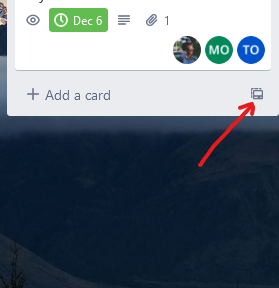
2. Build a stack of client resources
Freelance writers know the struggle of writing for multiple clients and having to follow different style guides. I try to make this easier on my writers by keeping them with the same client or niche as much as possible. But the best way to equip them is to have an accessible stack of client resources. You can use Notion, Trello, or even Google Docs to store your list of resources. I keep ours on Trello.
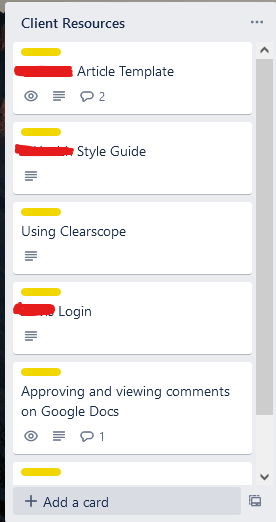
Some things you can include in your resources are:
Loom videos: With on-screen recordings, I walk my writers through using client content graders like Content Harmony and Clearscope. I also have a Loom video showing my preferred way of handling article edits on Google Docs. That way, we're all on the same page.
Necessary login details: If your client has granted you software access that your writer will need, you can consider sharing login details—if you feel comfortable.
Client writing templates and sample articles: Some clients have article templates and I share these with subcontractors as well. I also always share sample articles that I've written for clients so that my writers have a reference.
3. Automate article assignments
You know what takes valuable time? Assigning articles every week. Thankfully, some clients assign work a month in advance so I can re-assign those on one day in the month. Generally, I use Zaps and Trello automations to speed up the process of assigning articles and keeping everyone informed.
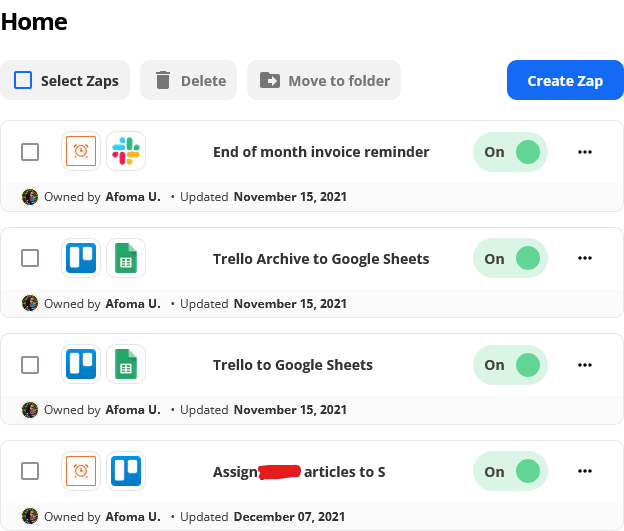
Here's how:
Zaps: I have a weekly Zap that automatically creates a new card every Thursday at noon. The card is automatically added to a Trello list to assign one writer their weekly article. It's one less click for me as I set up the card.
Trello board rules: These are my favorites. Once I add a new card to a subcontractor's list on our board, Trello automatically adds them to the card. When they move the card to the Feedback queue, Trello automatically adds me to the card. And when cards are moved to the completed queue, the article is marked as done. You can also do this with other project management tools like Asana and ClickUp.
Trello-Slack integrations: Because I have all work notifications (email, mobile, etc.) turned off, except Slack, it's easier to move all my notifications to that app. The Trello-Slack integration notifies me (and everyone) when a new article is moved to the feedback tab.
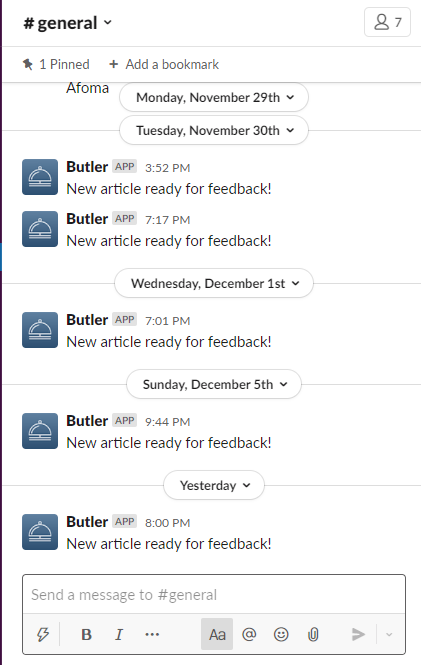
4. Keep track of articles for invoicing
My second (and probably most useful) Zap is the Trello-Google Sheet zap. Every time I complete an article and move it to the archive tab, my Zap creates a new row in my selected Google sheet. In the new row, it records the article, client (based on my Trello label), and completion date. This is the only way I can keep track of 20+ monthly assignments when it's time to invoice. It also helps me remember when articles were completed, so I can invoice accurately.
Add rows to Google Sheets when new Trello cards are moved to a list
5. Remind subcontractors to invoice
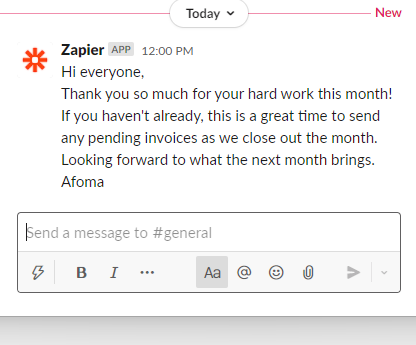
My last Zap is for my freelance writers. On the 29th of every month, the Zapier bot sends a monthly reminder—one I wrote—to the General Slack channel reminding subcontractors to invoice.
Tips for subcontracting work as a freelancer
Automation goes a long way to make subcontracting work faster and easier for you. But there's more to subcontracting than swanky tools and templates. From one freelancer to another, here are 10 key tips from my experience subcontracting work as a freelance writer:
Make sure you can subcontract: Some work is nearly impossible to subcontract. For example, I never subcontract my editing work. Also, some contracts bar you from subcontracting. Check your freelance contract to ensure subcontracting is acceptable to your client.
Hire well: I found a couple of writers by referrals and hired two on Upwork. Each writer took a paid writing test and I watched out for red flags like poor communication, missed deadlines, and failure to follow direction—in addition to evaluating writing skills.
Use a contract: Never subcontract without a contract. My subcontractor contract includes a non-disclosure agreement (NDA), fee specifications, and a two-week notice prior to termination. I tweaked this free template to build mine.
Find the right kind of freelancer: Define your hiring priorities. Are you willing to hire more experienced writers (higher cost) or could you work with newer (but skilled) writers who require heavier edits? Ultimately, hiring beginner writers you can afford will ensure you keep making a profit while paying them well—and mentoring them.
Create processes: If you ever have to do something more than once, create a template. I've even made a document with writing tips addressing recurring writing mistakes. Videos and process documents make life easier for everyone and subcontractors can refer to them as needed.
Have an availability sheet: Life happens, but it's worth it to have an idea of subcontractor availability month to month. Instead of manually messaging each person, I ask subcontractors to complete an availability sheet monthly. It's as simple as checking boxes to reflect their monthly availability. This helps me plan ahead.
Save money to pay your contractors: With a couple of Net30 clients, it takes planning to ensure that I have enough money to pay subcontractors on time. Ensure that you have a cash reserve before you start subcontracting.
Batch-pay contractors: I love being able to pay contractors as soon as they invoice. But if you work with multiple contractors, it can be a tad inefficient to stop everything to pay an invoice. Instead, try setting one day in the week to pay outstanding invoices.
Set boundaries: The first month of working with subcontractors was grueling—as expected. They're figuring out client requirements and I was getting multiple Slack and Trello messages. Eventually, I set working hours and stuck to them. If it's not an emergency, I won't respond to midnight messages (timezone issues). I am also grateful to have established communication channels from the start so all our communication stays in one place.
Try not to micromanage: When you're used to calling all the shots, it's hard not to micromanage subcontractors. Trust them to meet your deadlines, be kind with edits and allow time for writers to adapt.
Subcontracting work can be intimidating, especially if you struggle with letting go of control. However, delegating work is crucial to gaining time and earning more as a freelance writer. Take advantage of automation, templates, and hiring best practices to start your subcontracting journey on the right foot.
This was a guest post by Afoma Umesi, a freelance writer and editor who specializes in B2B content for SaaS brands, the healthcare industry, and cybersecurity. Want to see your work on the Zapier blog? Check out our guidelines and get in touch.

